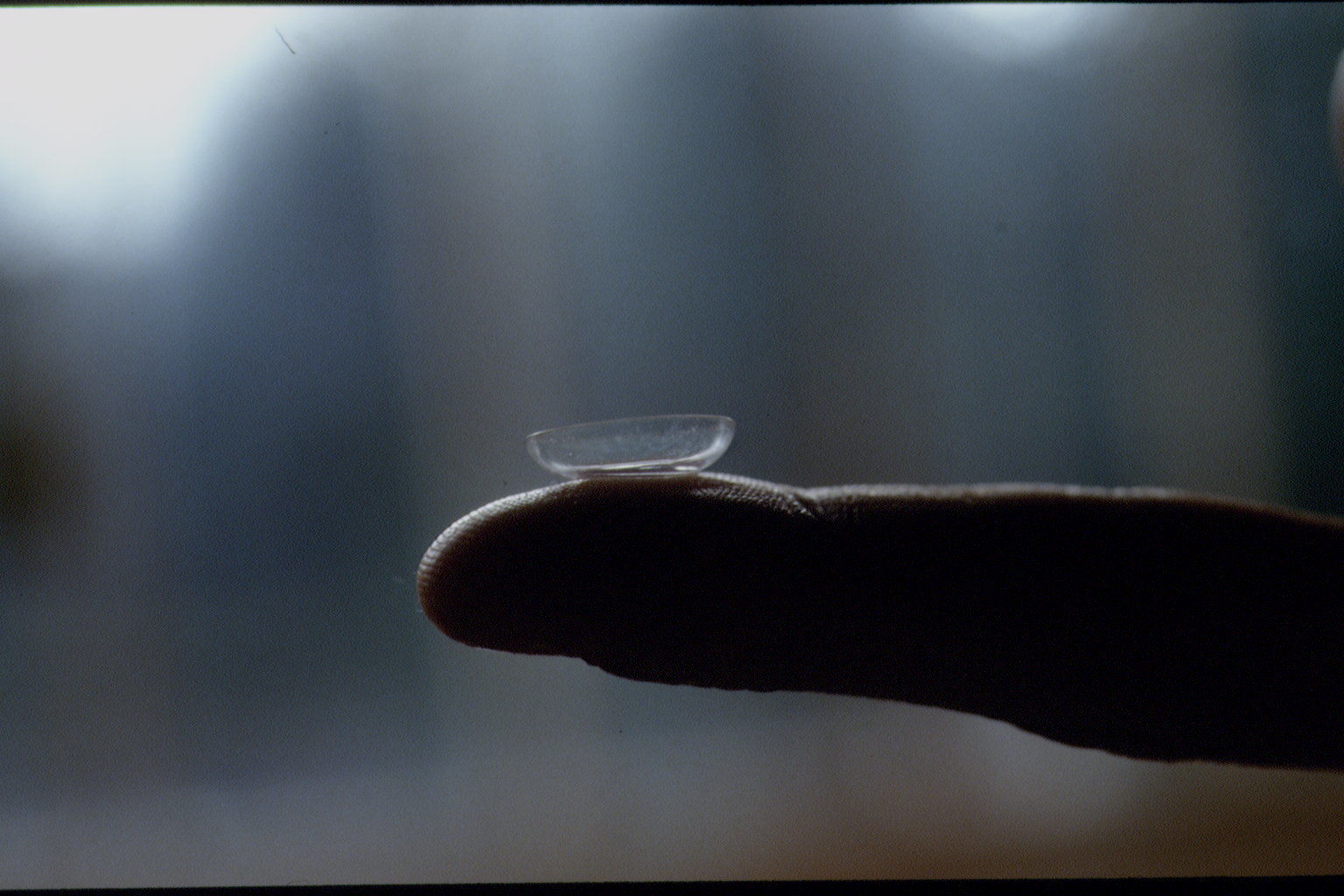Create a free profile to get unlimited access to exclusive videos, sweepstakes, and more!
Futuristic contact lenses can zoom human vision with just a blink

We’re still holding out for X-ray vision like Superman and optic blast powers like Cyclops, but an eye-opening new development by a team of California scientists has us hopeful that we’ll soon be taking a small step toward seeing the world like the Six Million Dollar Man.
Via Gizmodo, researchers at the University of California San Diego have developed an experimental new type of contact lens that’s capable of zooming in and then back out on the magnification of what you see, simply by responding to blinking cues, as well as tiny changes in eye movement.
Like most groundbreaking stuff, the new lens isn’t closing in on mass production, and it’s so far been tested only in an extremely controlled environment. But even though these lenses offer marginally enhanced magnification instead of Steve Austin’s 20x monocular powers, the findings that the team reported in the Advanced Functional Materials journal look real, repeatable, and — perhaps most promising of all — refine-able.
How does it work? The super-sparse answer is that the lenses take advantage of biomechanical processes that mirror those of the human body. Made from flexible polymer layers that can expand or contract with the application of a tiny electrical current (something the body already possesses), each lens can be made thicker or thinner on command, which allows different regions of the lens to serve as the in-focus part you’d want to see through.
Testing the material indicated to the team that “the relative change of focal length of the lens could be as large as 32 percent through deformation,” which marks an incremental increase, but definitely enough of one to make distant objects appear significantly bigger. For an imperfect comparison from the world of photography, if all other variables remain the same, then doubling the focal length of a lens also should double its magnifying power (in theory, at least: Many variables make that guideline mostly an estimation of convenience).
The lenses also are capable of tracking eye movement, so that the part of the lens you need to see through in order to zoom in on an object cooperates with your natural instinct to move your eye in the direction you’re wanting to look.
In the test, the electrical signals were artificially stimulated using electrodes that the wearer switched on and off via a button command — but, as the team observes, figuring out a way to harness and control the varying electrical impulses already present in eye tissue — or at least down-scaling the external equipment that provides the electrical stimulus — is one of the next challenges in bringing the technology closer to something that’s truly wearable.
“The system developed in our study has the potential to be used in visual prostheses, adjustable glasses, and remotely operated robotics in the future,” reported the researchers. “…Because the device shown in the current work is a proof-of-concept design, its performance can be further improved from many aspects.”
Better, stronger, and faster than it was before, in other words — just like the Six Million Dollar Man.














